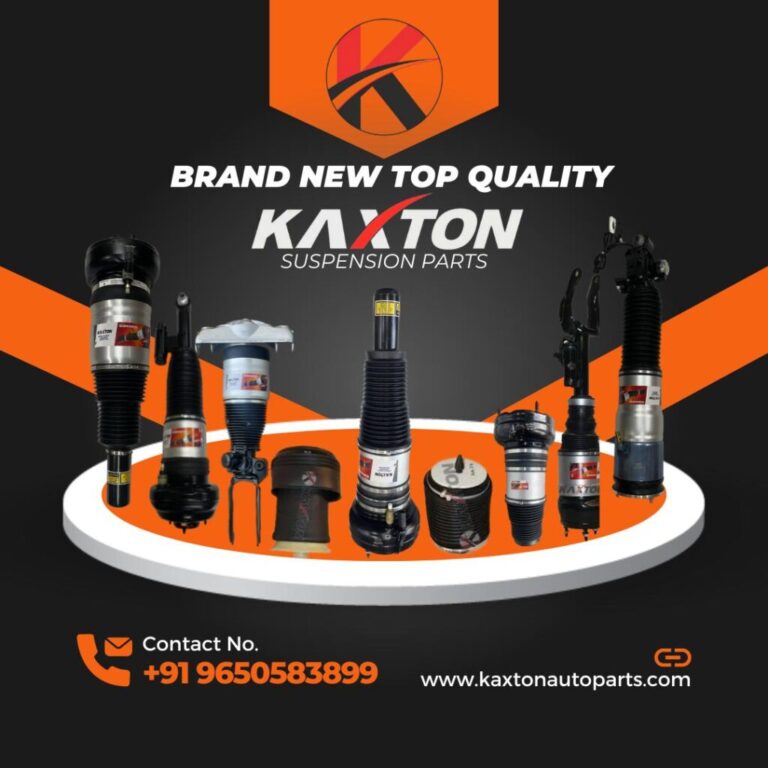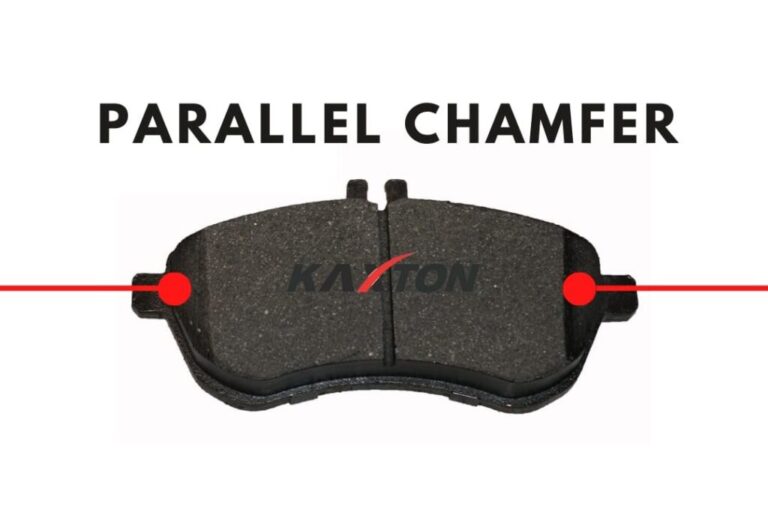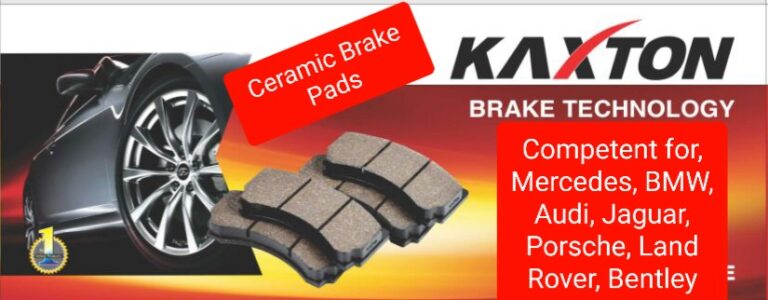Need help? Call us: 96505 83899 or support@kaxtonautoparts.com
Blog
A shock absorber is a mechanical or hydraulic device designed to absorb shock impulses. Most vehicles have one shock absorber for each of the four. Shock absorbers are an integral part of a…
Let’s talk about comfort – you know, that feeling of sinking into your favorite armchair after a long day? Well, imagine that, but for your car. Kaxton Top Quality Shock Absorbers are…
You know that feeling when you hit the brakes, and instead of smoothly coming to a stop, it feels more like a jarring halt? Yeah, not exactly the luxury experience…
Once Kaxton Brake Pads have been created and hardened, a chamfer is cut into it. The main purpose of the chamfer is to reduce vibration and noise from the brake pad's…
SEM METALLIC VS CERAMIC BRAKE PADS IN LUXURY CARSYour brake pads are perhaps the most critical safety mechanism in your vehicle. Thus, your choice of replacement for Brake Pads is…
Kaxton Autoparts
We offer premium quality products at very reasonable prices. All credit goes to our Research and Development team,
Need Help?
Customer Service
Address
- -5% for all order in this week Shop now
- Free delivery for all orders over








